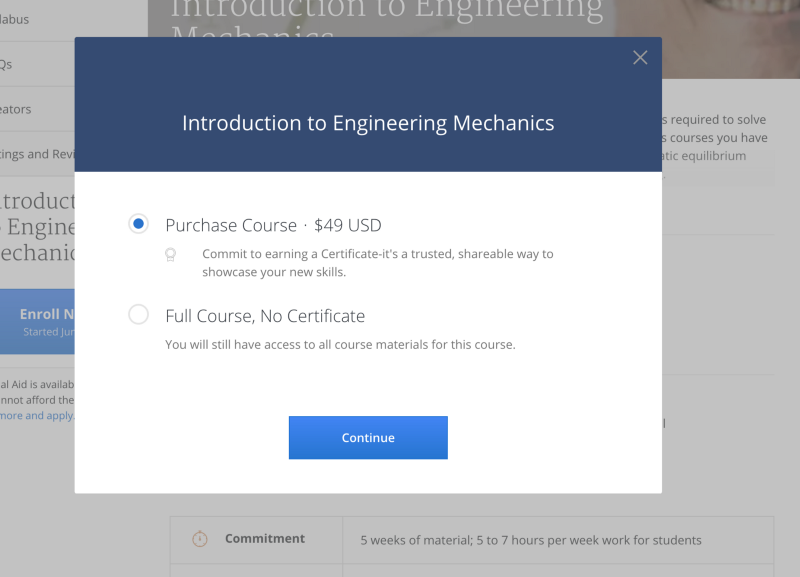
If you are looking for a new high school in California, you should know the features and facilities offered by various schools. These include Academic programs, Student bodies, and sports teams. You can also learn about the types of construction projects for high schools in California. You can also learn about different construction products and companies specializing in these projects. CMD has a list of California high schools you can search for.
School facilities
California's state and local governments are investing in school facilities. CC+S commissioned a report to show the growth in K-12 school renovation and construction spending. According to the study, there were large disparities in school facilities depending on race, income of neighbors, and student demographics. Here are some reasons school facilities can be outdated or in dire need repairs. Also, learn about some of the benefits and drawbacks of new high schools and their facilities.
Local and state officials don't focus their funding on the most need districts, which could reduce funds available for education. This study examines California’s school facility funding policy and the funding distribution in different types of districts.

Academic programs
Students can get ahead in life by attending an academic program. Numerous California high schools offer a variety of programs to prepare students for college. Students can earn college credits while they're still in highschool through AP programs. AVID is a middle-level program that prepares students for a demanding secondary curriculum and four year college eligibility. AVID is a program that is nationally administered, but it is largely a product of the hard work of teachers who introduced the program to California. MESA, on other hand, is designed for students with low socioeconomic backgrounds to learn science and math skills and then pursue a career in these areas.
STaRS is a symposium that explores the potential for interdisciplinary approaches to improving the health and well-being of communities and people. Students will have the opportunity to gain practical experience as they work on a research project. This is especially useful for students who are interested to study medicine or science. STaRS' summer program gives high-school students the opportunity to learn basic science skills and do basic research. STaRS internships present their work to the STaRS symposium as well as basic research.
Sport teams
One quarter of high school football players are on the team. This is a huge drop in popularity for a sport which has always attracted large audiences. California high schools continue producing top-tier recruits, despite the decrease in participation. The decline in football participation could be due to national trends. CALmatters has recently done an analysis of data from the National Federation of State High School Associations as well as California's Interscholastic Federation. California's tackle-foot participation has dropped by 5 percent in the last decade.
The Central Coast Section includes more than 100 high schools, spanning five counties from Daly City to King City. Catholic and Christian schools can participate in the leagues. California's history in high school sports dates back to the late 19th century. A football game between San Jose High School and Santa Cruz High School in Santa Cruz was played in 1895, and the former won by six points. Before the turn to the century, St. Ignatius Cathedral and Sacred Heart Cathedral were the only ones who met on the gridiron.

Student body
California government data provides data about the student body at high schools. These figures are applicable to high school that are run by a state-operating agency. Several districts have only one high school, but overall enrollments remain above average. This data is for the 2020-2021 academic years. Data from previous years are presented in a different format. Listed below are the demographics of the student body in each of the state's high schools.
Enrollment numbers for California's public high schools were released recently. While the rate at which high school graduates have increased in the last year has been slightly lower than the previous year, it still remains below what it was before the pandemic. In California, the graduation rates for public high schools have increased by more than 1% over the last five-years. In California, 62% of the enrollments are minorities. This is significantly higher than 78%.
FAQ
How do I select my major?
Students choose their majors according to their interests. Some students will choose to major or minor in a subject that interests them because they'll find it more enjoyable than learning about something else. Some people want to work in a field that has no job opportunities. Still, others choose a major because they hope to earn money during their studies. Whatever your reasons, you should consider what kind of job you might like after graduation.
There are many ways you can find out more about different areas of study. Talk to your family and friends about their experiences. Check out newspapers and magazines for possible careers. Talk with a guidance counselor at your high school to ask about possible careers. Visit Career Services at your local library or community center. Check out books on various topics from your public library. Use the Internet to find websites related to particular careers.
Which factors are important when selecting a major
First, you should decide if you want to go into a career straight away or go to college. Next, you need to make a list listing your talents and interests. You might be interested in reading, listening and watching music, or talking to people. Your talents could include singing, writing, painting, sewing, crafting, cooking, baking, cooking, woodworking and gardening. When you identify your talents and interests, you can use these to guide you in choosing a major.
You might be interested in art history and fine arts if you are looking to become an artist. Biology may appeal to those who love animals. Pre-medicine, medical technology and medicine are options for those who want to be doctors. Computer science, computer networking, or computer engineering might interest you if you want a career that involves computers. There are many possibilities. It's important to consider what you would like.
How much does a teacher make in early-childhood education? (earning potential)
An average salary for an early childhood teacher is $45,000 annually
However, there is an exception to the rule: salaries in some areas tend to be more than average. Teachers who teach in large urban areas typically earn more than teachers working in rural schools.
Salaries also depend on factors like how large the district is, and whether or non-degree-holding teachers.
Because they lack experience, teachers often make less than other college graduates. Their wages can rise over time though.
What is the best way to start teaching early childhood?
First you need to decide if your career path is in early childhood education. First, you need to obtain your bachelor's. Some states require that students have a master's level degree.
You will likely also have to attend classes in the summer months. These courses include topics like pedagogy (the art and science of teaching) or curriculum development.
Many colleges offer associate degrees that lead directly to a teaching certificate.
While some schools offer certificates or bachelor's degrees in early childhood education, others only offer diplomas.
Additional training may not be necessary if you intend to teach at home.
What are the differences between early childhood education?
There are many ways to explain early childhood education. These are the most popular:
-
Preschool - Children ages 2 to 5
-
PreKindergarten - Children ages 4 to 6
-
Head Start/Hestart - Children aged 0-3
-
Day Care/Daycares - Children from 0-5 Years
-
Child Care Centres - Children from 0-18 Years
-
Family Childcare - Children between 0 and 12 Years Old
-
Home schooling - Children aged KG to 16.
What is a Trade School?
Trade schools can be an alternative for those who have not had success in traditional higher education to obtain a degree. They offer career-oriented programs that help students get prepared for specific careers. These programs usually require two years of coursework. Students who enroll in them then move on to a paid apprenticeship program. Here they learn a job skill, and also receive training. Trade schools can be vocational schools, technical colleges or community colleges. Some trade schools offer associate degrees.
Are you able to teach early childhood education without going to college?
However, you may want to think about going to college in order to be prepared for a career in the field.
It is essential to understand that becoming a teacher takes hard work. There are lots of applicants who aren't accepted into programs each year. Many students also quit college after only one semester.
A teacher must meet all requirements.
Statistics
- Globally, in 2008, around 89% of children aged six to twelve were enrolled in primary education, and this proportion was rising. (en.wikipedia.org)
- And, within ten years of graduation, 44.1 percent of 1993 humanities graduates had written to public officials, compared to 30.1 percent of STEM majors. (bostonreview.net)
- They are also 25% more likely to graduate from high school and have higher math and reading scores, with fewer behavioral problems,” according to research at the University of Tennessee. (habitatbroward.org)
- These institutions can vary according to different contexts.[83] (en.wikipedia.org)
- Data from the Department of Education reveal that, among 2008 college graduates, 92.8 percent of humanities majors have voted at least once since finishing school. (bostonreview.net)
External Links
How To
How do I enroll in homeschooling?
Homeschooling means that children are educated at home using a variety methods like reading books, watching videos or doing exercises. It is considered one of the most effective ways of learning because it enables students to learn things at their own pace and develop skills like problem-solving, critical thinking, creativity, self-discipline, communication, and social skills.
Nowadays, it is common to see parents who wish to educate their children at-home. This is especially true for parents who work full time and don't have the time to spend with their children. In this case, they can opt for homeschooling, which allows them to dedicate their time and energy to their children's education without having to worry about finding someone to take care of their children while they go to work.
Homeschooling has many benefits. They can develop their ability to think critically and create, increase their knowledge, improve their language skills, develop their identity, become independent learners and have greater control over their lives than if they were in school.
The main objective of homeschooling is to provide quality education to children so they can become successful adults. Before you begin homeschooling, you will need to meet some requirements. One of these requirements is to determine whether your child is eligible to attend public or private schools. If you decide to start homeschooling, you should consider what kind of curriculum you will use. There are many curricula that you can find online, depending on your budget and expertise. There are many options, including Waldorf, Montessori, Waldorf and Reggio Emilia. Charlotte Mason, unschooling and natural learning. You must also ensure that you have all the resources necessary to educate your child before you start homeschooling. This includes purchasing books, educational materials, computers and electronic devices. These items can either be bought online or at local stores.
Once you have completed all the steps mentioned above, the next step would be to register yourself as a homeschooling parent. For guidance, it is best to contact the state department of education. They will help with the forms and give you advice on how you can start homeschooling.